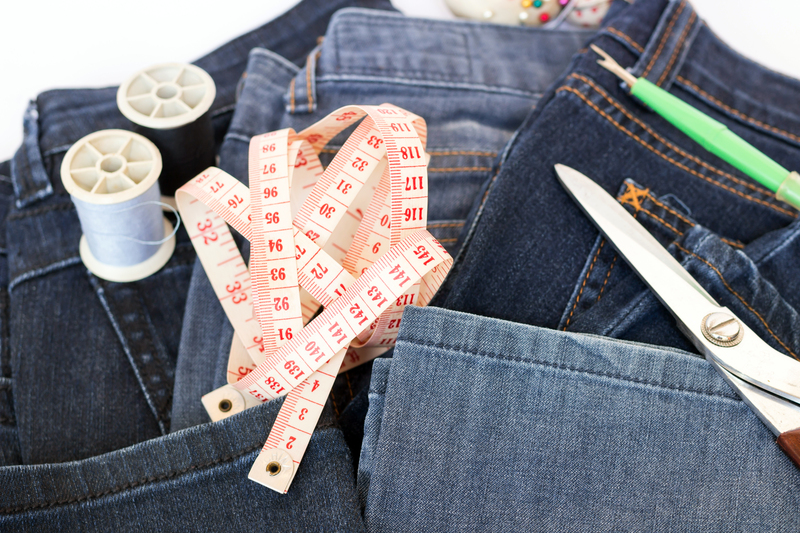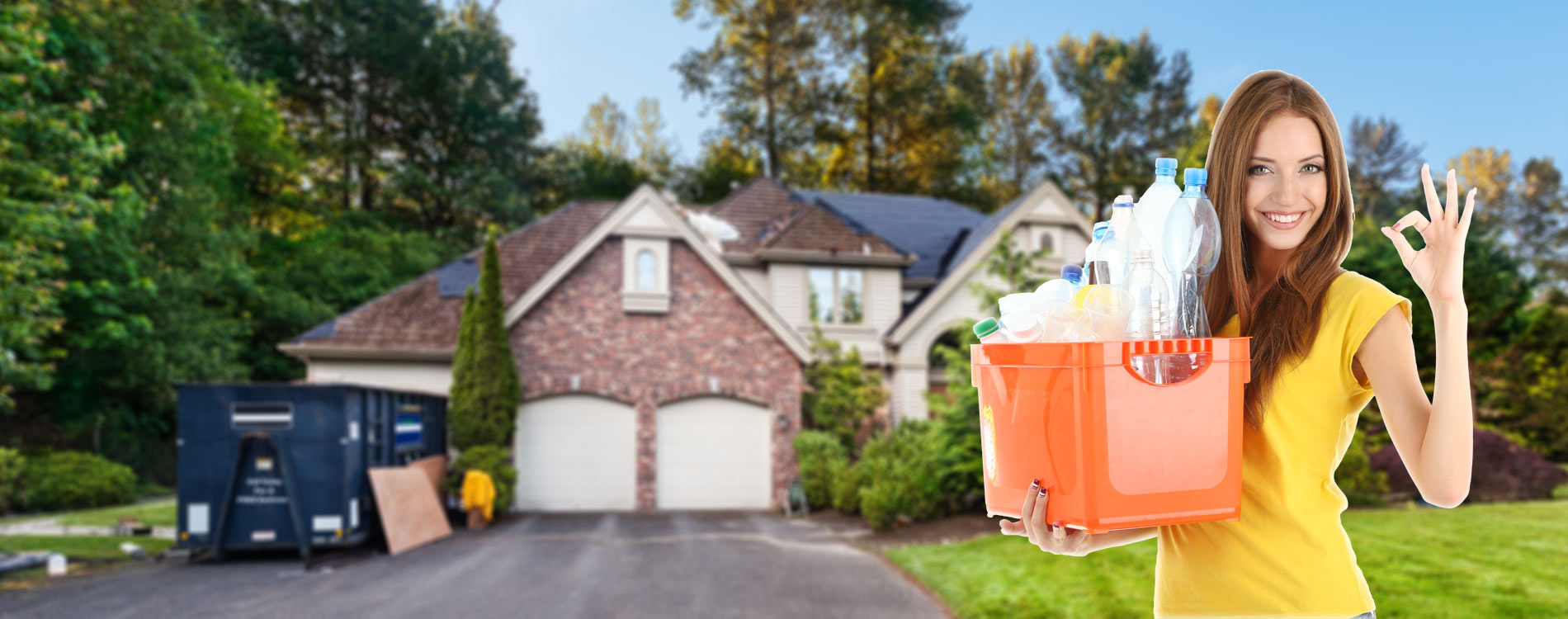Waste Transfer Notes Explained
Posted on 18/08/2024
Waste management is a critical aspect of conducting any business that generates waste. Understanding and managing Waste Transfer Notes (WTNs) is of utmost importance for any business dedicated to maintaining compliance with environmental regulations. In this article, we will delve into the intricacies of WTNs, explaining their necessity, creation, and key features. We'll also explore best practices, tips, and the pros and cons associated with utilizing WTNs.
What is a Waste Transfer Note?
A Waste Transfer Note (WTN) is a legally required document in many regions that records the transfer of waste from one party to another. It serves as evidence that waste has been transferred in a responsible manner in accordance with environmental regulations. WTNs are essential for tracking the movement of waste and ensuring that it is properly managed and disposed of.

Why are Waste Transfer Notes Important?
The importance of WTNs cannot be overstated. They play a crucial role in:
1. Legal Compliance: WTNs ensure that businesses comply with environmental laws. Failure to produce WTNs when inspected can lead to hefty fines and legal action.
2. Environmental Protection: Proper management and tracking of waste help in protecting the environment by ensuring waste is disposed of in authorized sites.
3. Accountability: WTNs provide transparency and accountability for waste generators and waste management companies.
Components of a Waste Transfer Note
A comprehensive WTN should include the following elements:
1. Description of the Waste: Define the type and quantity of waste being transferred.
2. Details of Waste Holder: Include the name, address, and contact information of the individual or business transferring the waste.
3. Details of Waste Receiver: Include the name, address, and contact information of the individual or business receiving the waste.
4. Date and Place of Transfer: Clearly state when and where the transfer occurred.
5. Signatures: Signatures from both parties involved in the transfer to acknowledge the details.
How to Create a Waste Transfer Note
Creating a WTN involves several straightforward steps:
1. Gather Information: Collect all necessary details about the waste, including its type, amount, and packaging.
2. Fill Out the Form: Use a standard WTN form or an online template to record all details. Digital WTNs are becoming increasingly popular due to their ease of use and storage.
3. Verification: Ensure all information is accurate. Double-check the details to avoid any discrepancies.
4. Signatures: Obtain signatures from both the waste generator and the waste receiver.
5. Keep Records: Store the WTNs for a minimum period as required by local regulations (often 2 years).
Best Practices for Managing Waste Transfer Notes
Adhering to best practices can streamline the process of creating and maintaining WTNs:
1. Regular Training: Ensure that all staff members involved in waste management are trained on how to properly fill out and store WTNs.
2. Utilize Technology: Shift to digital WTNs to reduce paperwork and improve efficiency.
3. Audit Regularly: Regular audits can help identify and rectify any issues in waste transfer documentation.
4. Stay Updated: Keep abreast of changes in waste management laws to ensure compliance.
Pros and Cons of Waste Transfer Notes
Pros:
1. Legal Protection: Ensures that businesses are compliant with environmental laws, avoiding legal penalties.
2. Environmental Conservation: Contributes to better waste management and environmental conservation.
3. Transparency: Promotes accountability and transparency in waste management practices.
Cons:
1. Administrative Burden: Managing WTNs can be time-consuming and burdensome, especially for small businesses.
2. Costs: There may be costs associated with training, storage, and digital solutions.
Tips for Efficient Waste Transfer Note Management
1. Digitize Records: Use digital WTNs to simplify storage and retrieval processes.
2. Regular Training: Conduct regular training sessions for your staff to keep them informed about the latest regulations.
3. Automation: Utilize software solutions that can automate parts of the waste transfer documentation process.
4. Consistent Monitoring: Regularly monitor your waste transfer process to ensure accuracy and compliance.

Takeaways
1. WTNs are crucial for legal compliance and environmental protection.
2. Ensuring accurate and comprehensive information in WTNs is key.
3. Transitioning to digital WTNs can significantly improve efficiency.
4. Regular training and monitoring are essential for effective waste transfer documentation.
Conclusion
Waste Transfer Notes are an integral part of any responsible waste management strategy. They ensure legal compliance, promote transparency, and contribute to environmental protection. While there are challenges associated with maintaining WTNs, implementing best practices and leveraging technology can greatly enhance the efficiency of this process. For any business generating waste, understanding and managing WTNs effectively is not just a legal requirement, but also a crucial step towards sustainable and responsible operations.

 020 8610 9486
020 8610 9486










